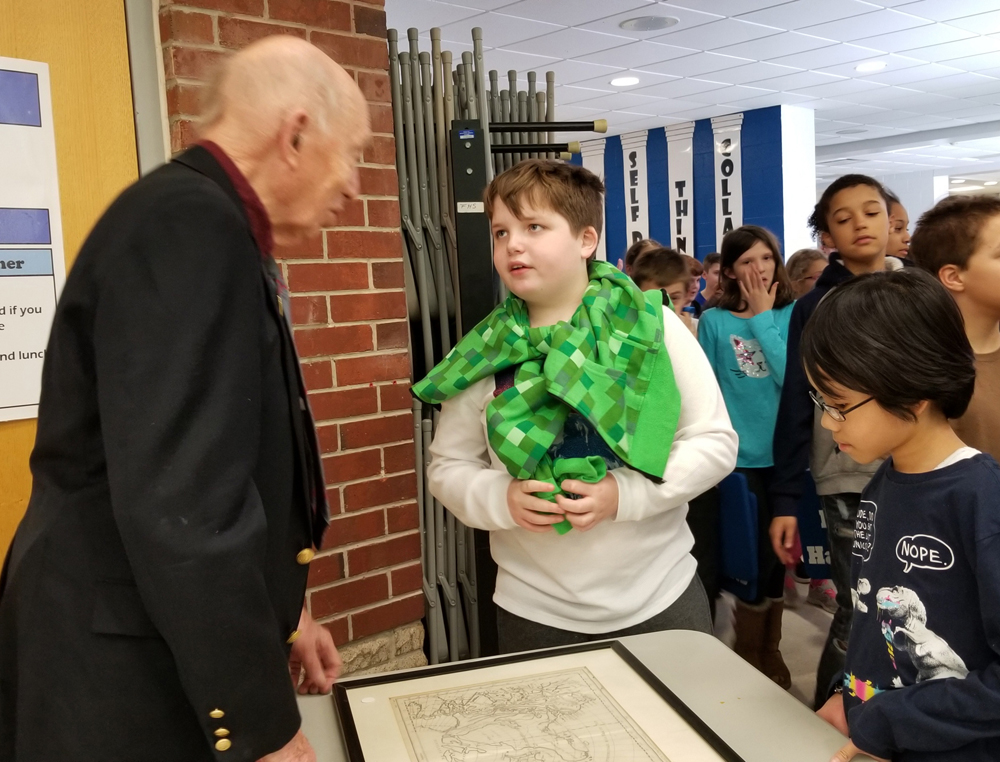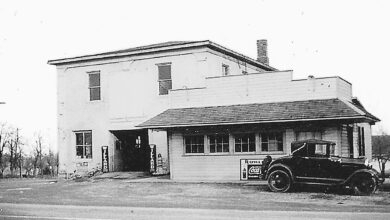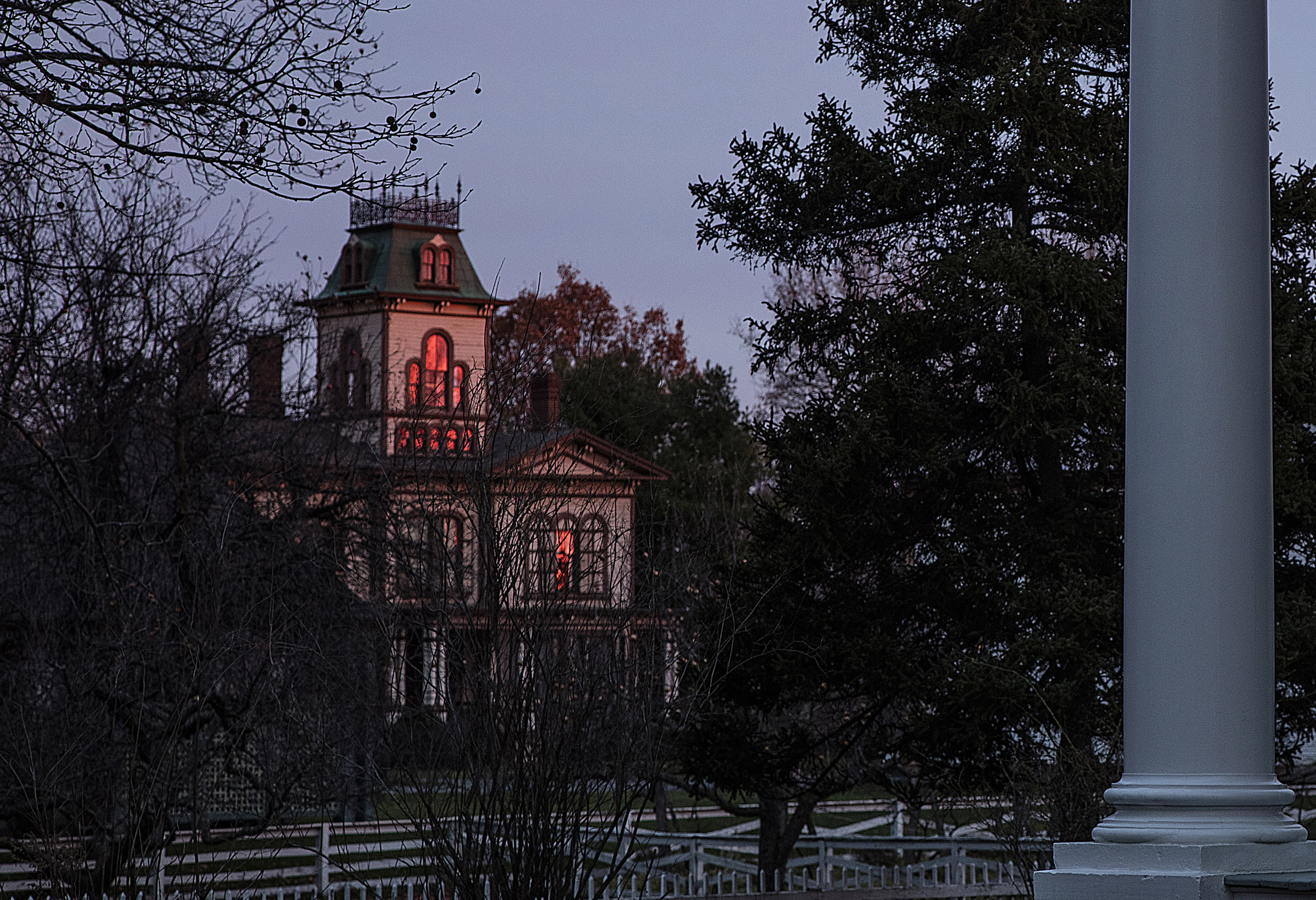Spencerport is first community in Finger Lakes Region to earn Clean Energy Community designation
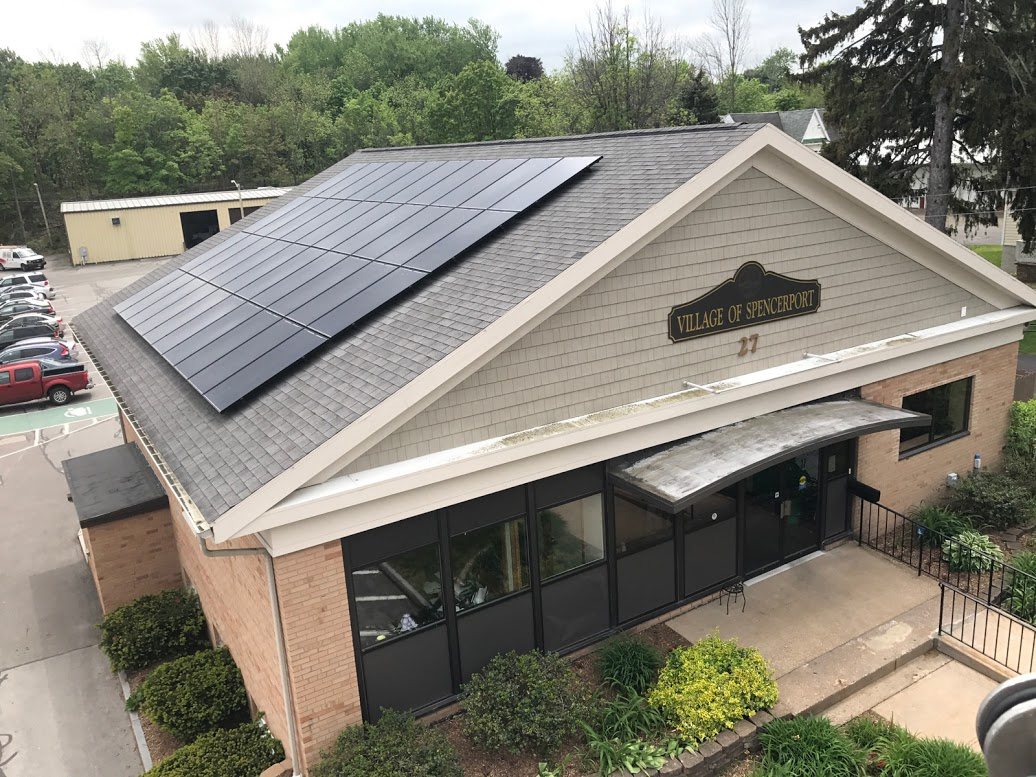
The Clean Energy Community designation recognizes the village for its commitment to reduce energy consumption, cut costs and drive clean energy within the Spencerport community, as well as for the village’s leadership in reducing energy use and cutting costs. NYSERDA made the announcement June 1.
The designation gives Spencerport an opportunity to apply for up to $100,000 toward additional energy projects, with no local cost share.
“We are proud to have received the Clean Energy Community designation from NYSERDA,” Spencerport Mayor Gary Penders says.
He explains that the village became aware of the opportunity via an email several months ago. “We already had solar panels on the Village Office building, we’re doing LED street lighting and had an electric vehicle charging station, and we felt this was something we could pursue,” he says.
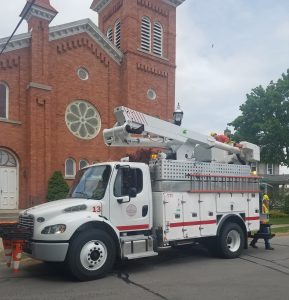
Mayor Penders says village staff and village board members got behind the effort and Deputy Mayor Carol Nellis-Ewell, in particular, “took the lead,” in the process of acquiring the designation. He says Nellis-Ewell has long been a proponent of green energy initiatives. “She was a big promoter of the solar panels on the Village Office,” Mayor Penders notes.
To earn the Clean Energy Community Designation, Spencerport completed four high-impact clean energy actions: converting streetlights to energy efficient LED technology (a process the village already had underway); approved an energy benchmarking policy (Municipal Electric Superintendent Owen McIntee had already been tracking energy use in the Village’s municipal buildings – which had been converted to LED lighting); the Village Board adopted the New York State Unified Solar Permit to streamline the approval process for local solar projects (Mayor Penders says the village applied for and received grant money to develop its permit process for residential and commercial solar projects); and lastly, the village installed an electric vehicle charging station to encourage clean transportation options (the charging station already owned by the village did not qualify, Mayor Penders explains. It is a single port station, and was moved to a location near the municipal electric substation. A new, two-port charging station, was installed behind the Village Office).
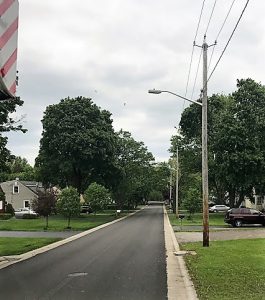
Both Mayor Penders and Electric Superintendent McIntee say the village has always taken a pro-active approach to energy efficiency, which helped the process of earning the designation to go smoothly. The LED conversion of streetlights was already underway, the village was already benchmarking energy consumption at municipal buildings, and the fleet of hybrid vehicles already owned by the village included an electric bucket truck, a digger and a Ford Escape.
In its news release, NYSERDA commends the village’s pro-active approach, “Spencerport has a history of clean energy leadership,” the release states.
Superintendent McIntee says the village is now working to finish the application for the $100,000 grant for additional energy projects. He says it is likely the village will propose projects that will allow it to, “continue on the path to how we got here.” He explains that additional conversion of LED streetlights and the purchasing of another hybrid vehicle will likely be at the top of the list.
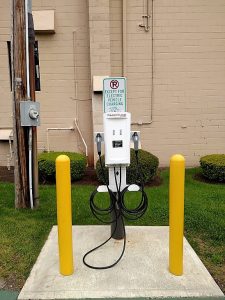
Those projects would mean direct savings to customers, McIntee explains. “Lower energy consumption means lower energy bills for street lighting that taxpayers pay for,” he says.
Mayor Penders says the Clean Energy Communities initiatives announced by Governor Cuomo last August, supports local government leaders around NY State to implement energy efficiency, renewable energy and sustainable development projects. Clean Energy Communities advance Governor Cuomo’s Reforming the Energy (REV) strategy by demonstrating the importance of communities in helping the state reach its goal of 50 percent of the state’s electricity coming from renewable energy resources by 2030.


